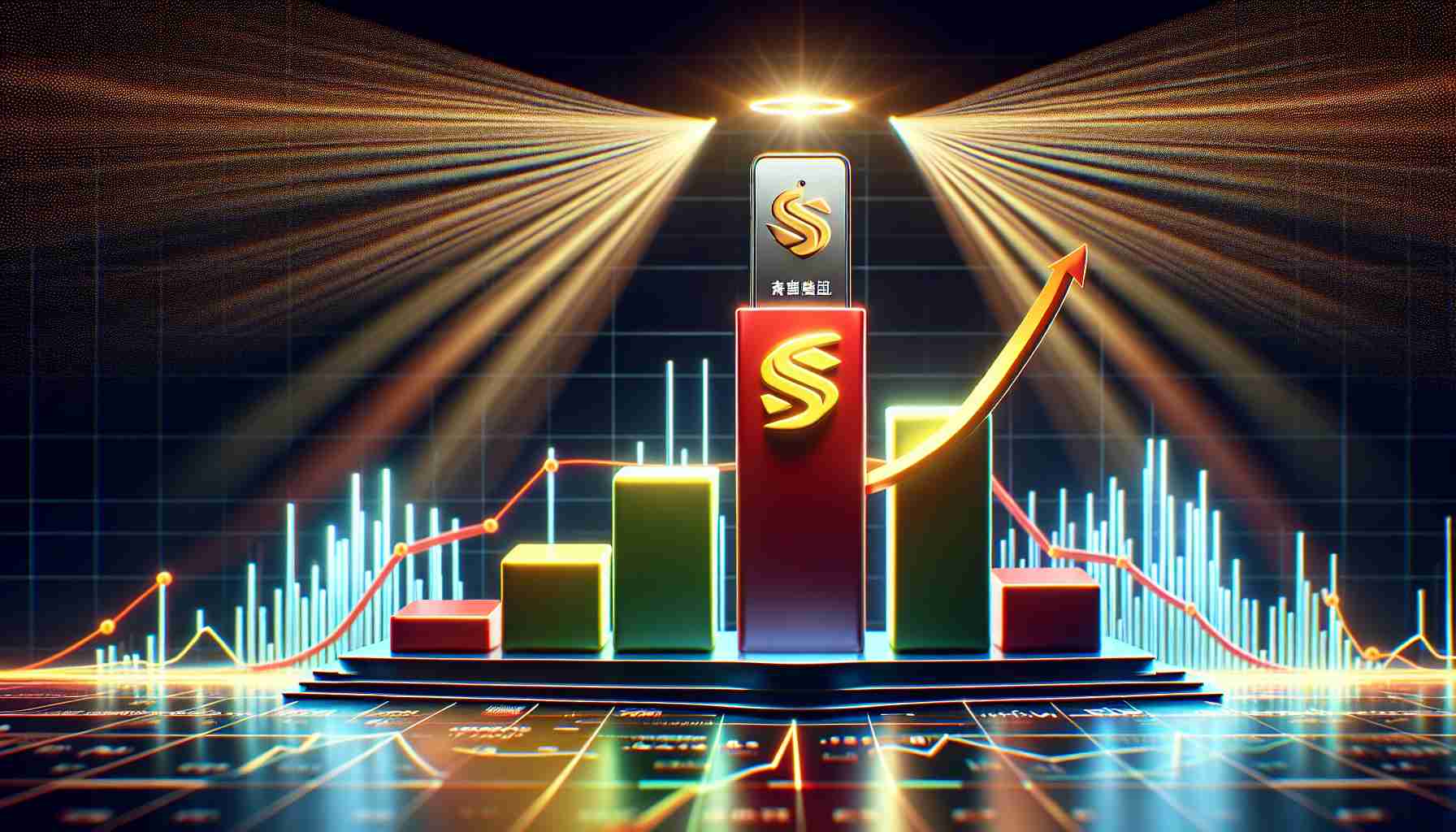The Chinese tech giant Huawei continues to thrive in its domestic smartphone market, securing a third-place ranking among the top vendors in the first quarter of 2024. According to analysis by TechInsights, an authoritative industry research organization, Huawei’s performance in the Chinese market has been particularly noteworthy.
Huawei’s Remarkable Growth
With a remarkable year-over-year (YoY) growth rate of 118.8%, the highest recorded among its peers, Huawei distributed approximately 10.5 million smartphones – a move that snagged them a substantial 16.6% slice of the market share. This success is credited to the company’s popular device line-up, including the acclaimed Pura 70 series.
Rivalry in the Chinese Smartphone Arena
At the pole position, OPPO narrowly eclipsed Huawei’s figures, delivering 10.7 million units and clinching a 16.9% market share, despite witnessing a modest growth rate of 14.4%. In close second, Honor followed with the shipment of 10.6 million units, holding a market share of 16.7%.
The Competitive Landscape
Meanwhile, Vivo and Xiaomi completed the top five rankings. Vivo settled in fourth place with a market share of 16.1%, experiencing a YoY decline of 11.3%. Xiaomi occupied the fifth spot, accounting for 15% of the market, and marked an 11.8% growth in the same period.
Optimism for China’s Smartphone Ecosystem
TechInsights’ comprehensive report showcases a resilient Chinese smartphone sector that pushed through a total shipment of 63.3 million units, a 1% YoY increase. This signaled a positive trend in China’s smartphone industry, which is expected to maintain its upward trajectory through subsequent quarters.
Additional Relevant Facts:
Huawei’s success in the Chinese market can also be attributed to its adaptation to the US sanctions imposed in recent years, which cut off Huawei’s access to critical components and software for its smartphone business. Despite these challenges, Huawei has managed to pivot its strategies, focusing on domestic suppliers and developing its operating system, HarmonyOS, to reduce reliance on foreign technology.
Important Questions and Answers:
Q: How has Huawei managed to grow its market share despite US sanctions?
A: Huawei has focused on its domestic market, leveraging nationalist sentiments and promoting its products as an alternative to Western options. They have also invested in their ecosystem, including the HarmonyOS, to circumvent the reliance on US technology.
Q: What challenges does Huawei face in maintaining its market position in China?
A: Huawei faces intense competition from other Chinese brands like OPPO, Honor, Vivo, and Xiaomi, which are also expanding their technological capabilities and market reach. Additionally, any further international sanctions or supply chain disruptions could pose significant challenges.
Key Challenges and Controversies:
Huawei’s growth comes amid controversies around the world regarding the security of its telecommunications equipment and concerns about ties to the Chinese government. These concerns have led several countries to ban or restrict the use of Huawei equipment in their 5G infrastructure. There is also the ongoing challenge of the US sanctions, which has forced Huawei to seek alternatives and has had a significant impact on its international sales.
Advantages:
Huawei’s focus on the Chinese market and investment in self-reliance potentially positions the company as a leading player in China’s technological independence initiatives. The brand loyalty from its home country provides a solid base for sustaining its business.
Disadvantages:
Limited access to the global market and a shortage of critical components due to sanctions can impede innovation and competitiveness. Huawei’s brand perception internationally could be affected by geopolitical issues and security controversies, potentially limiting its global growth prospects.
Related resources for further reading can be found at:
– Huawei Official Website
– TechInsights Official Website
Please note that the situation can evolve, and it’s advisable to directly check the official resources for the latest updates and reports.
